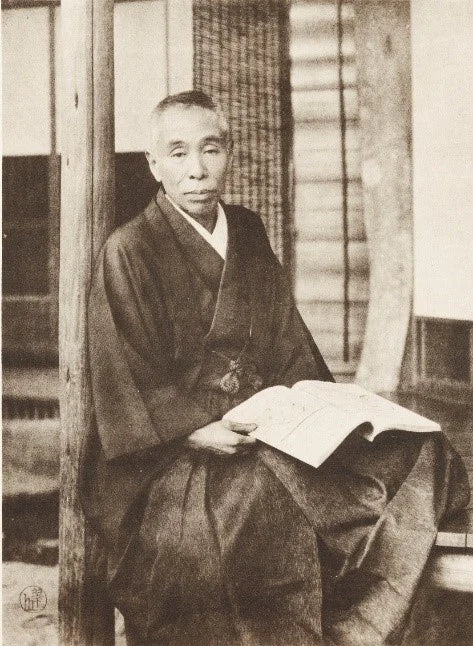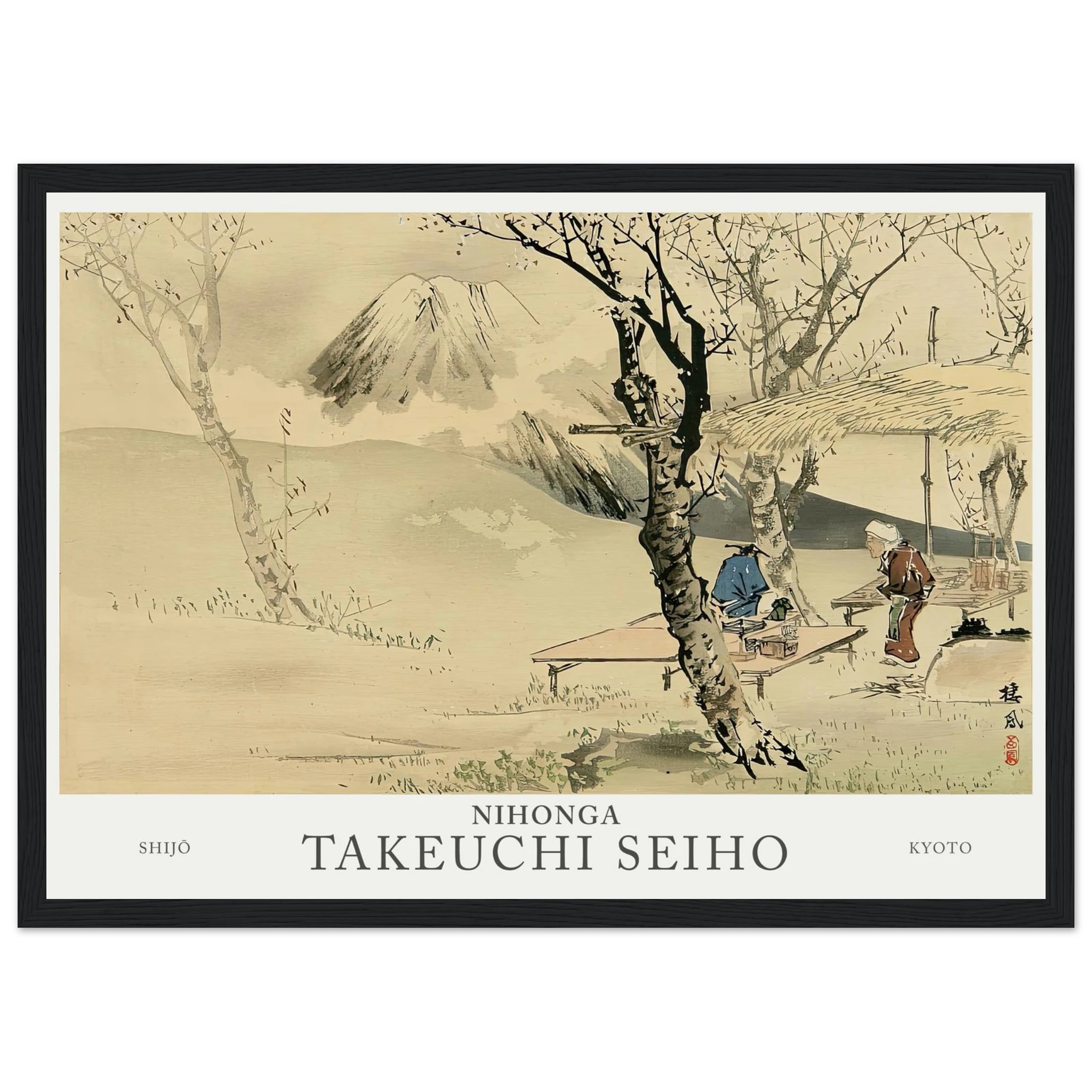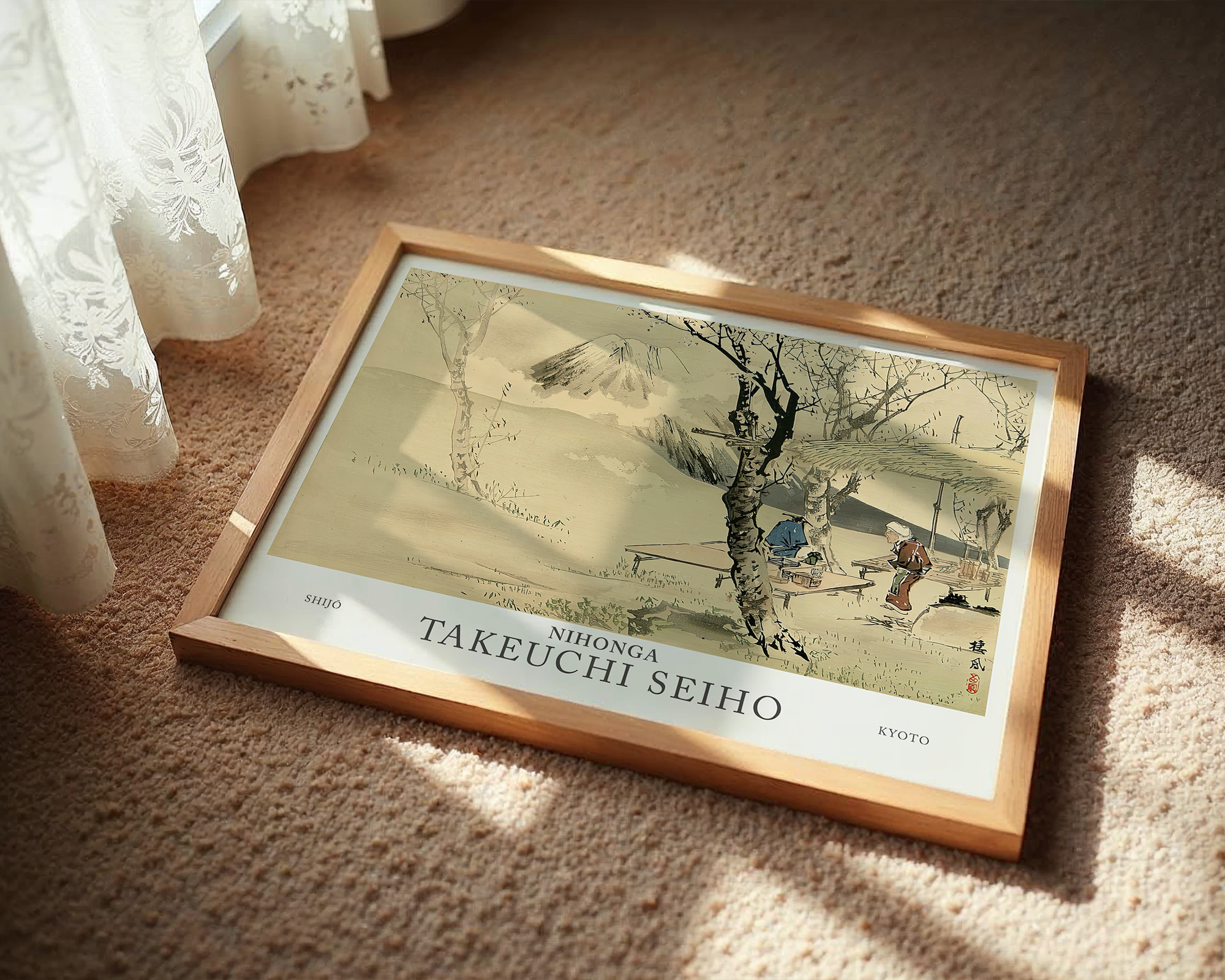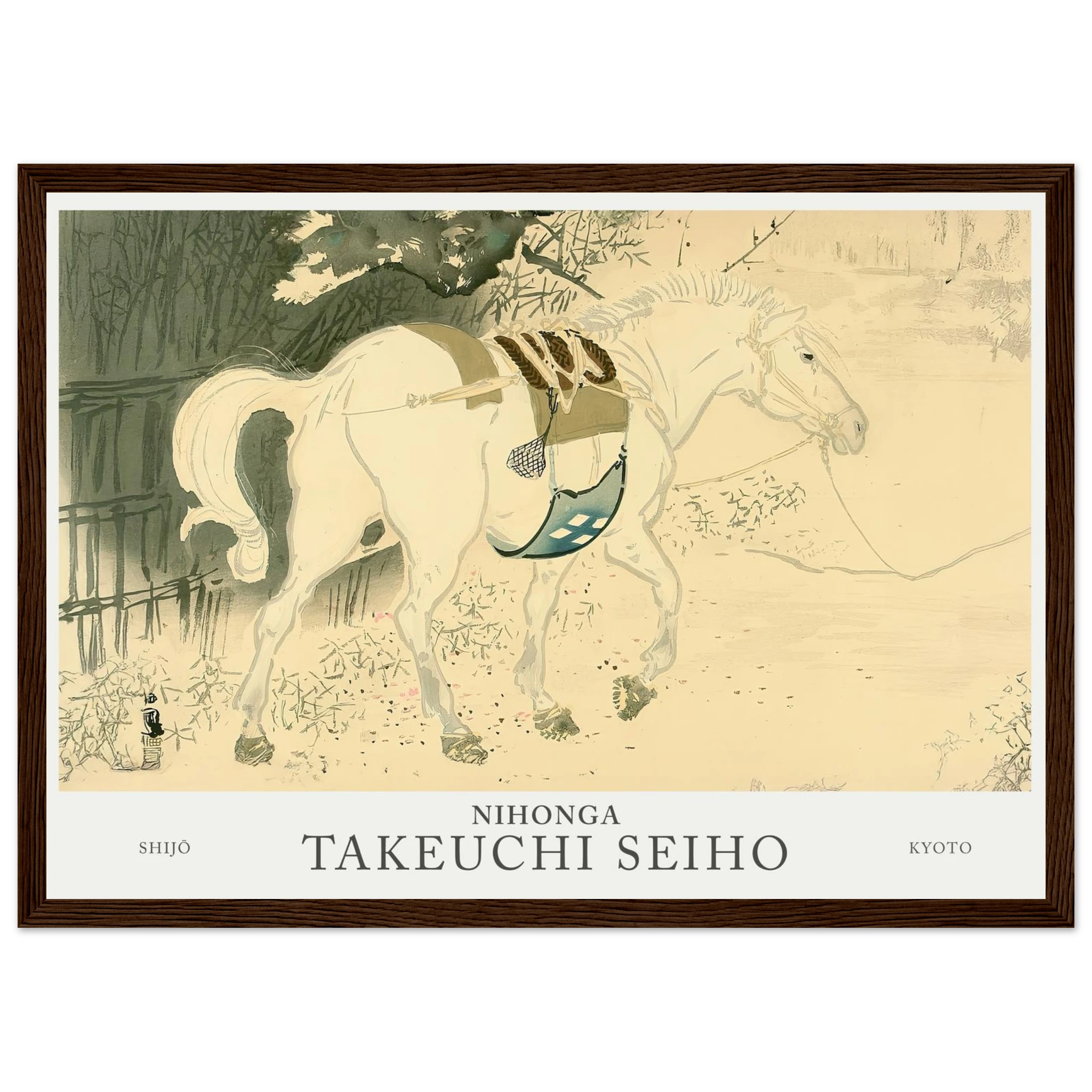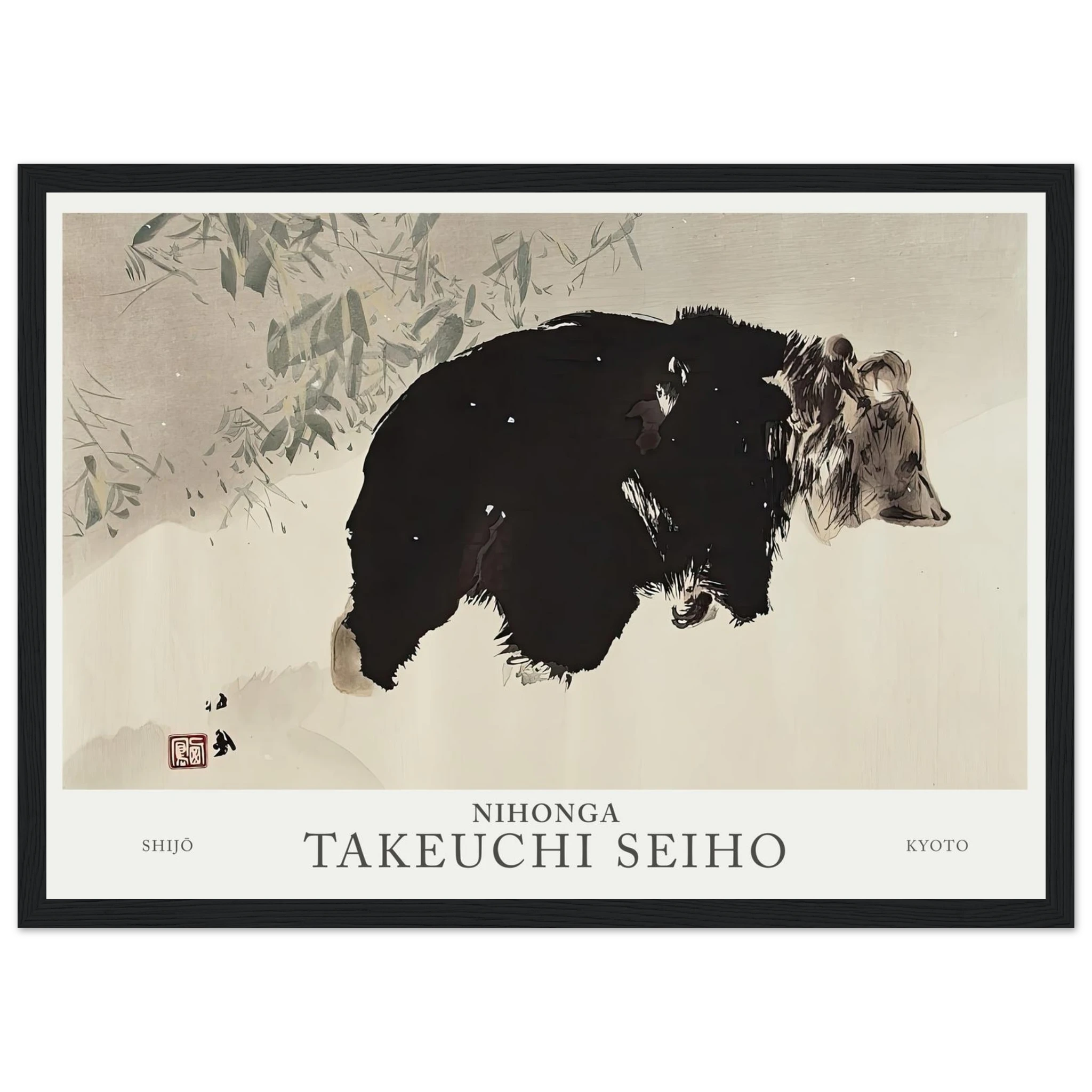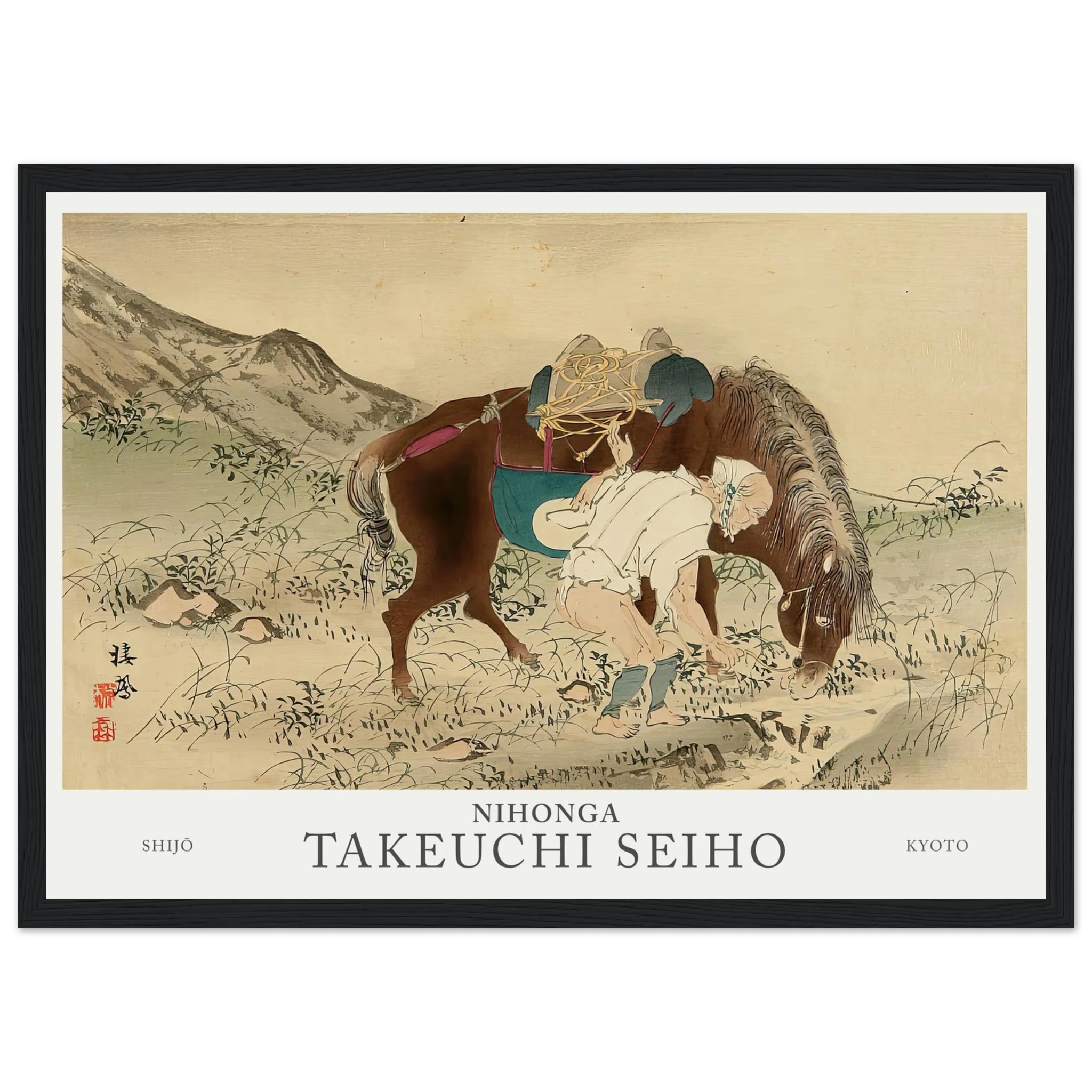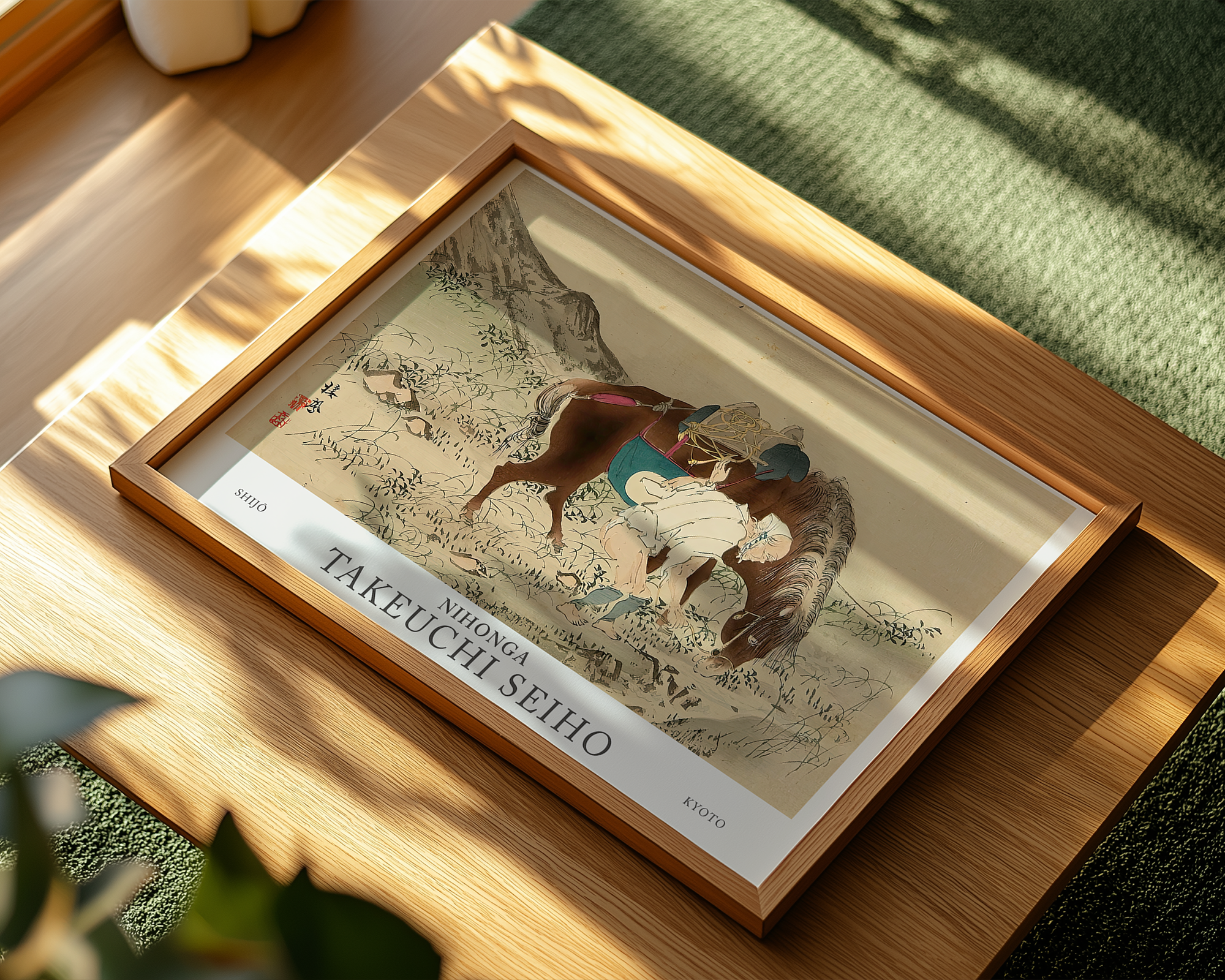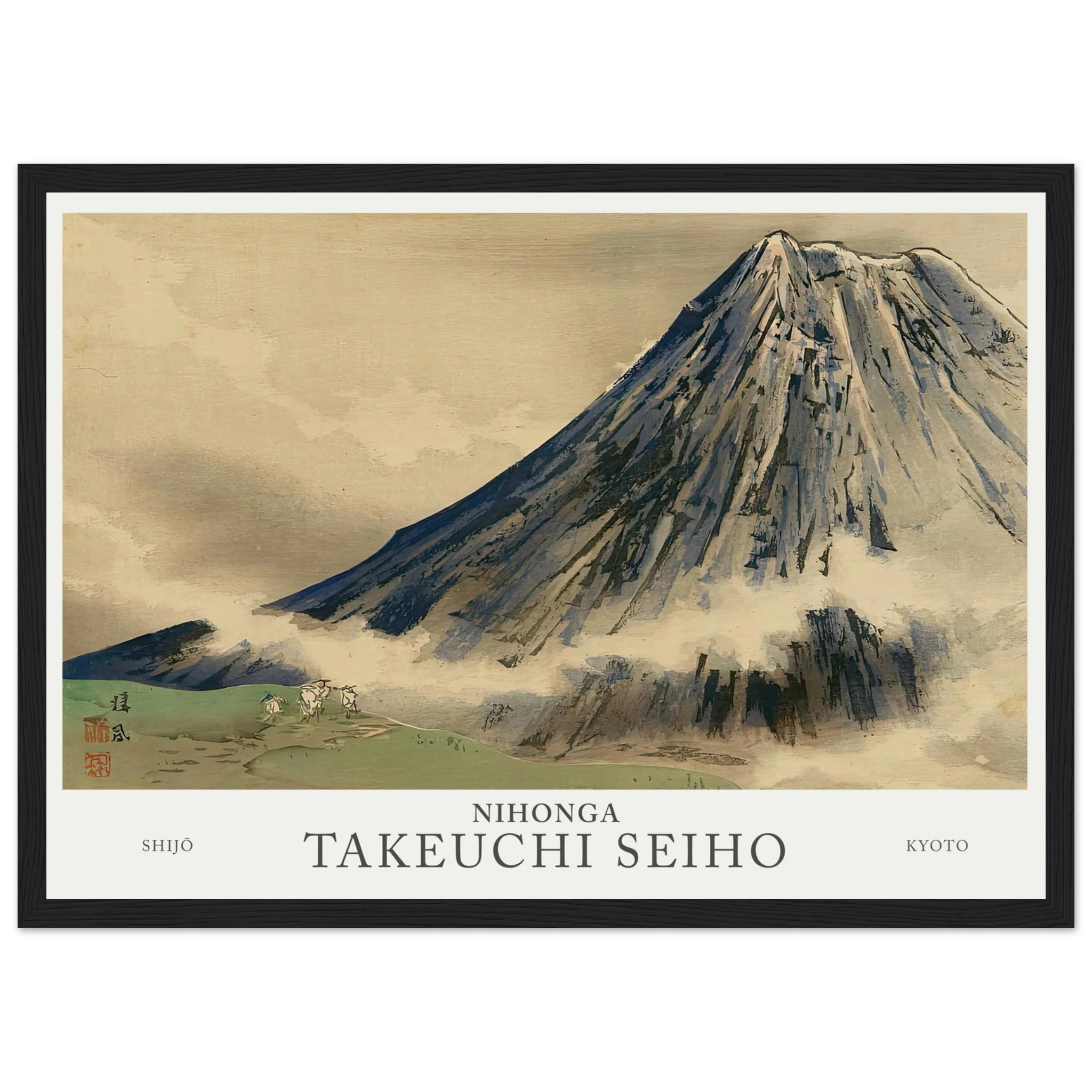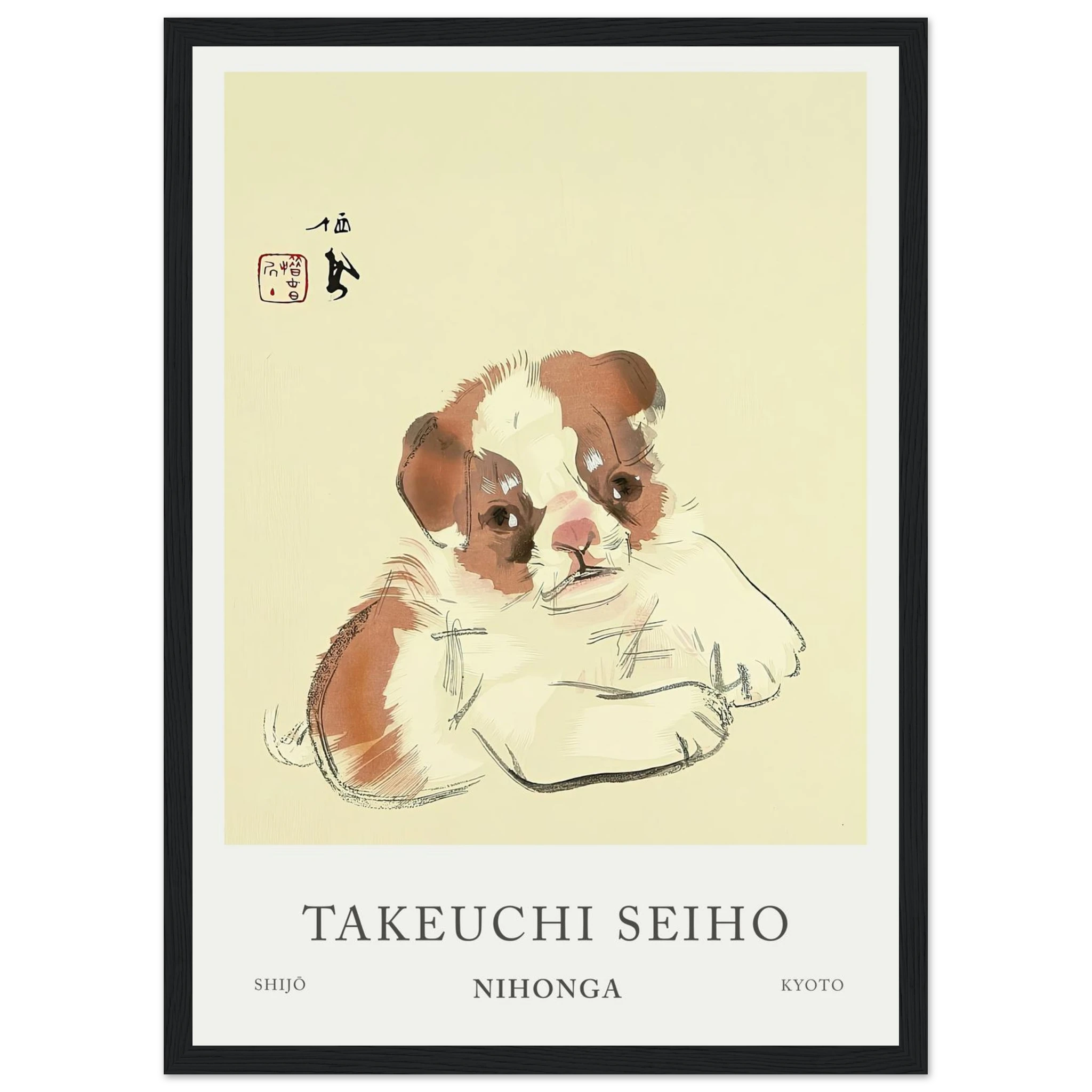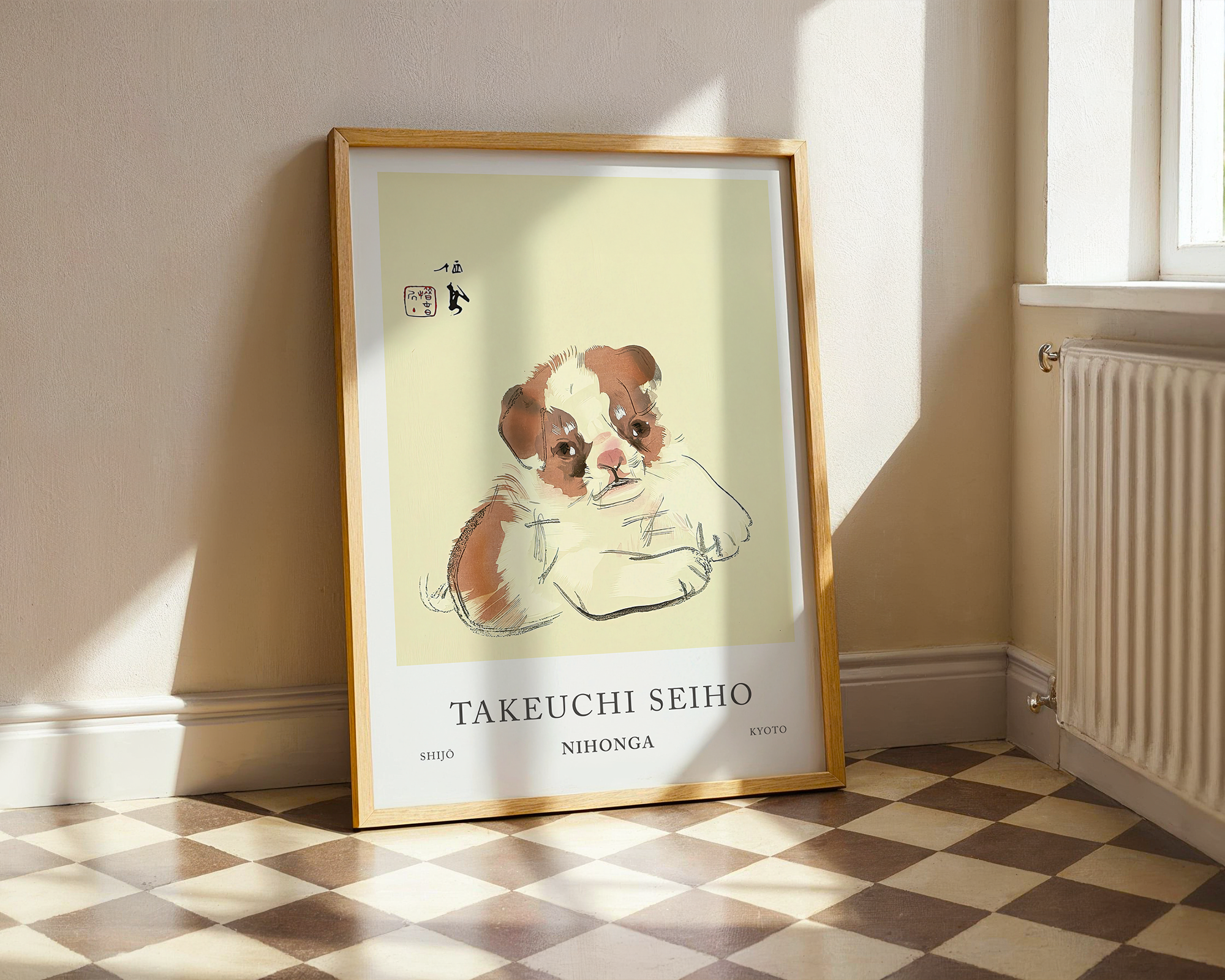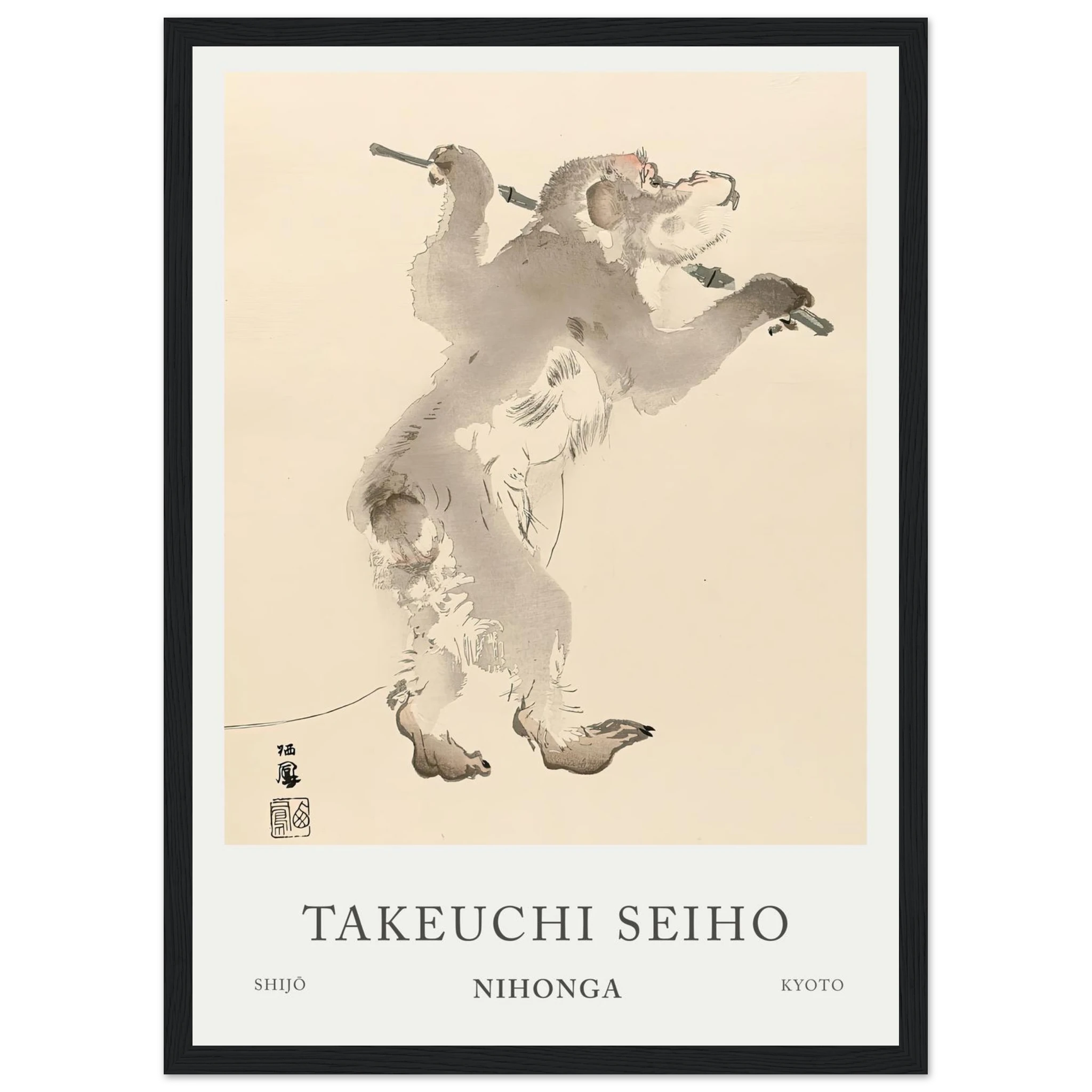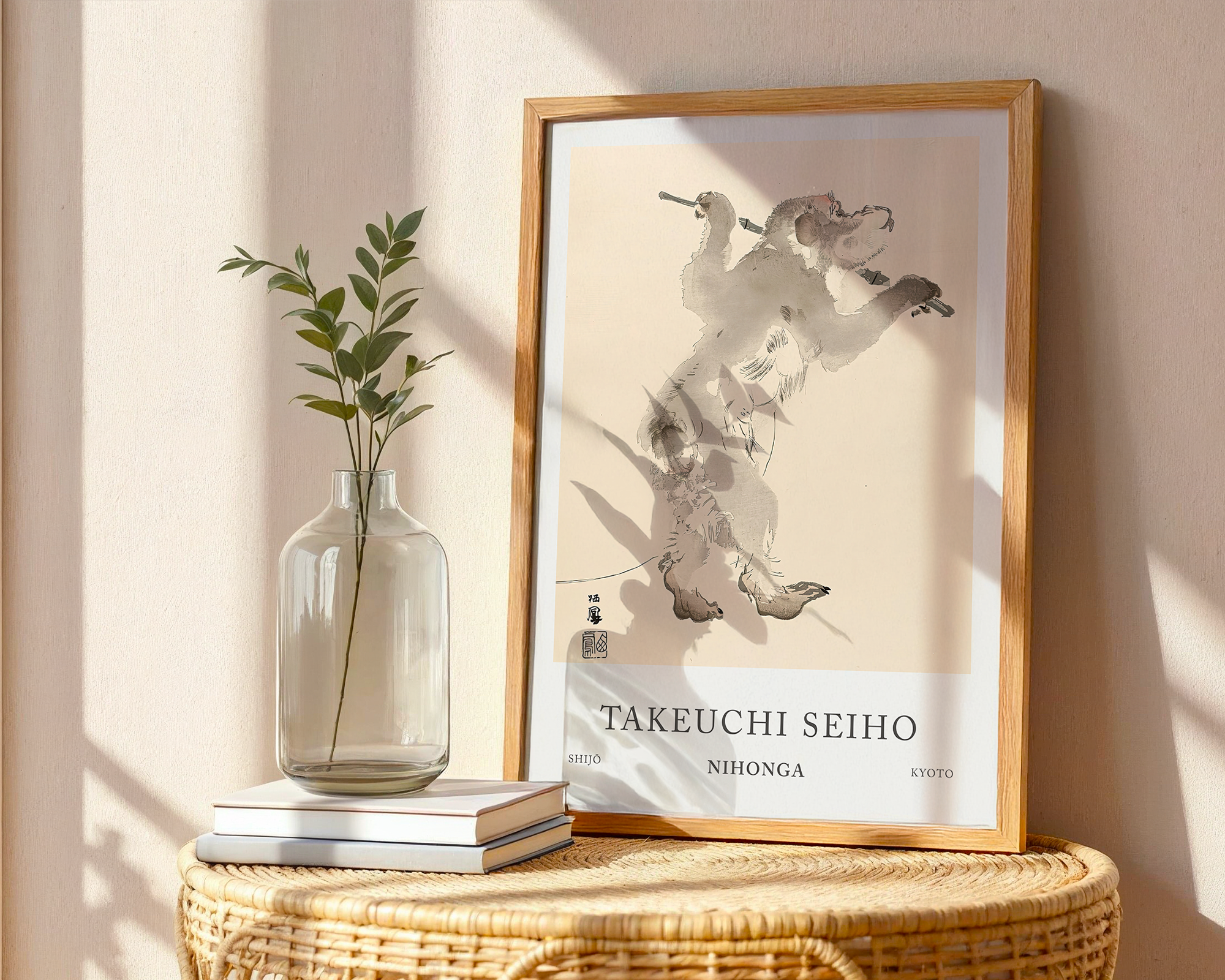Seiho Takeuchi Prints
Seiho Takeuchi was a master of Nihonga painting who blended traditional Japanese techniques with Western realism to create graceful, lifelike scenes of nature and animals. His works are housed in esteemed institutions such as the Kyoto City Kyocera Museum of Art and the Tokyo National Museum. Solis prints bring his refined style to life with exceptional clarity and depth, using giclee printing to preserve the elegance and subtle beauty of his originals.
Filters
7 products
Seiho Twelve Fuji - Tea House under Flowers Modern Print Reproduction
Sale priceFrom £22.40
Regular price£28.00
Seiho Twelve Fuji – Twelve Zodiac Signs Horse Modern Print Reproduction
Sale priceFrom £22.40
Regular price£28.00
Seiho Twelve Fuji – Bear in the Snow Modern Print Reproduction
Sale priceFrom £22.40
Regular price£28.00
Seiho Twelve Fuji – Taking Care of Horse Modern Print Reproduction
Sale priceFrom £22.40
Regular price£28.00
Seiho Twelve Fuji – The White Robes Climbing Mt. Fuji (Meiji Era Woodblock Print)
Sale priceFrom £22.40
Regular price£28.00
Takeuchi Seiho “Playful Pup”
Sale priceFrom £22.40
Regular price£28.00
Takeuchi Seiho “Dancing Monkey”
Sale priceFrom £22.40
Regular price£28.00
